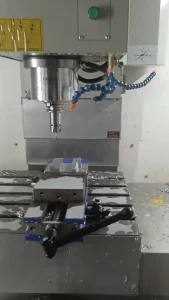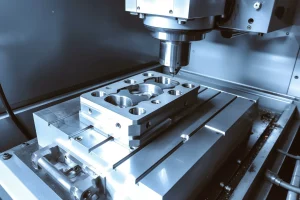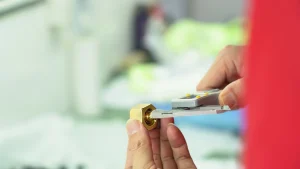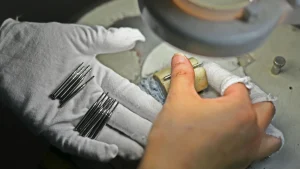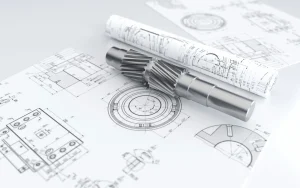Aluminum CNC lathe processing is a highly precise and widely used manufacturing method in modern industry. It combines advanced machining technology with strict process control to ensure that aluminum alloy parts achieve excellent dimensional accuracy, mechanical properties, and surface quality. From material selection and mold optimization to process parameter adjustment and heat treatment, every step plays a critical role in the final performance of the product. The following outlines the complete process of aluminum CNC lathe processing, providing a clear overview of each key stage.
1. Material and Smelting
- Replace lathe parts with new lathe parts.
- Select high-quality aluminum alloy ingots.
- Improve the ratio of new lathe parts to recycled lathe parts.
- Refine smelting and processing techniques.
2. Mold Design and Modification
- Modify and optimize the aluminum die-casting mold and pouring system.
- Strengthen the internal pouring gate.
- Add overflow and gas venting channels.
3. Mold Maintenance and Control
- Clean the parting surface, cavity, and ejector pins of the lathe parts.
- Change coating materials and improve spraying techniques.
- Enhance mold clamping capabilities.
- Increase the weight of the poured metal.
- These are simple and effective control methods.
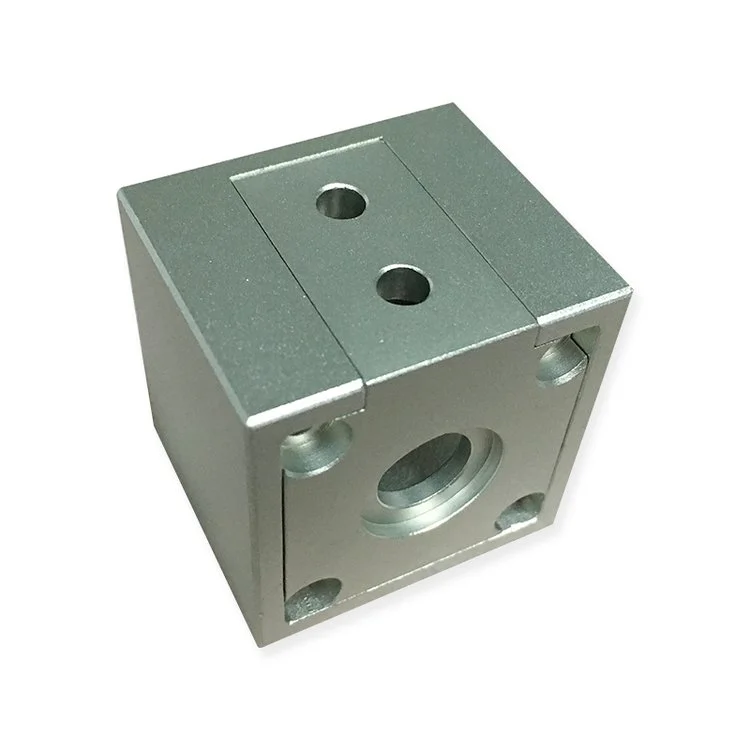
4. Process Parameter Adjustment
- Control injection capacity and injection speed.
- Optimize mold filling time and mold opening time.
- Adjust pouring temperature and mold temperature.
5. Heat Treatment of Aluminum Parts
The heat treatment of aluminum alloys requires heating, holding, and cooling. The key parameters are heating rate, holding time, and cooling rate.
🔹 Annealing
- Used for stress relief or recrystallization.
- Improves plasticity and machinability.
🔹 Solution Treatment
- Heat the aluminum workpiece to the solution temperature.
- Hold it for sufficient time.
- Rapidly quench (usually in water) to retain alloying elements in solid solution.
🔹 Quenching
- The rapid cooling step after solution treatment.
- Produces a supersaturated solid solution.
🔹 Aging (Natural or Artificial)
- Precipitates fine strengthening phases.
- Significantly increases strength and hardness.
6. Common Heat Treatment Tempers for Aluminum Alloys
- O – Fully annealed.
- T4 – Solution treated + natural aging.
- T5 – Cooled from extrusion + artificial aging.
- T6 – Solution treated + artificial aging.

